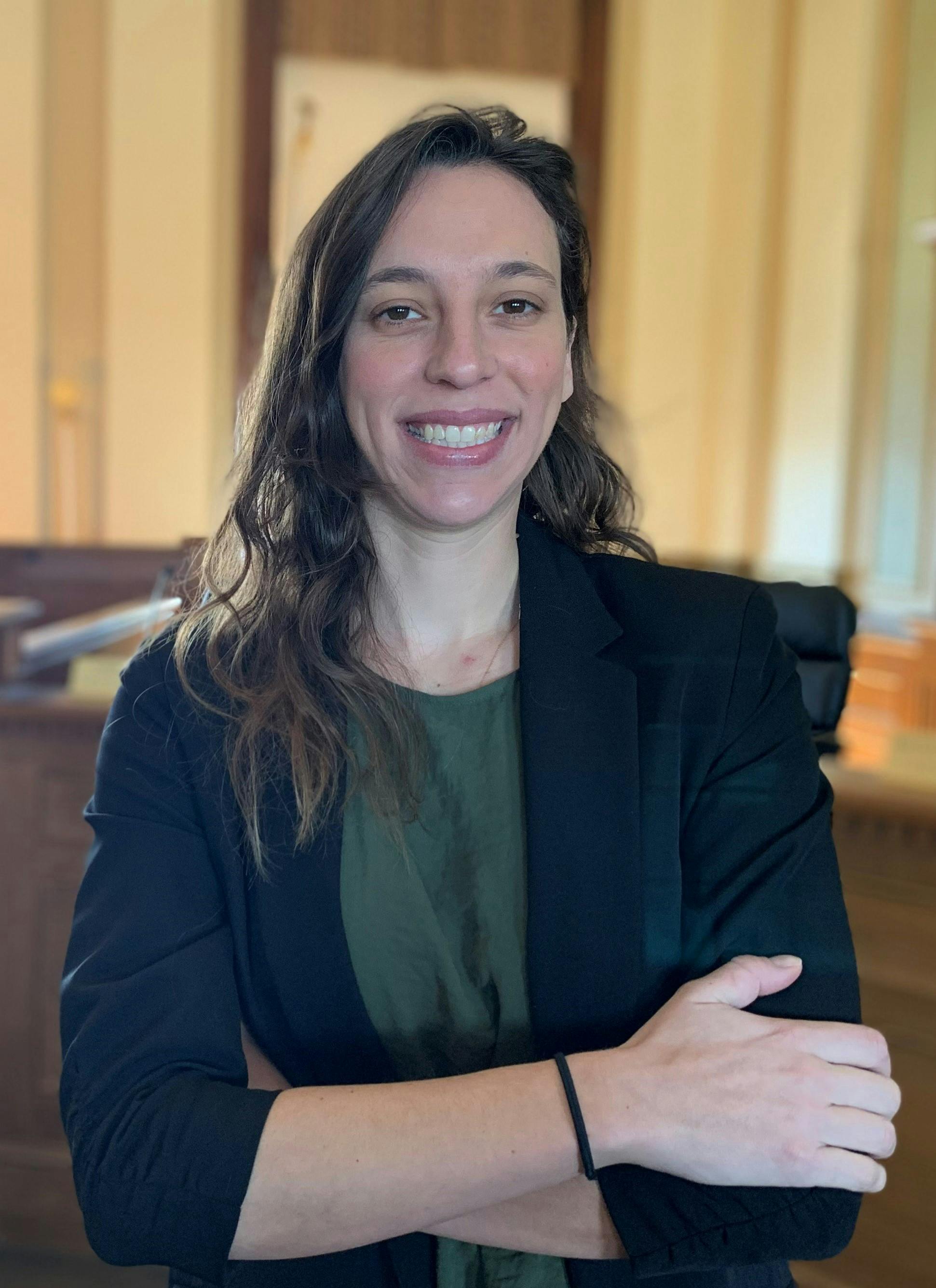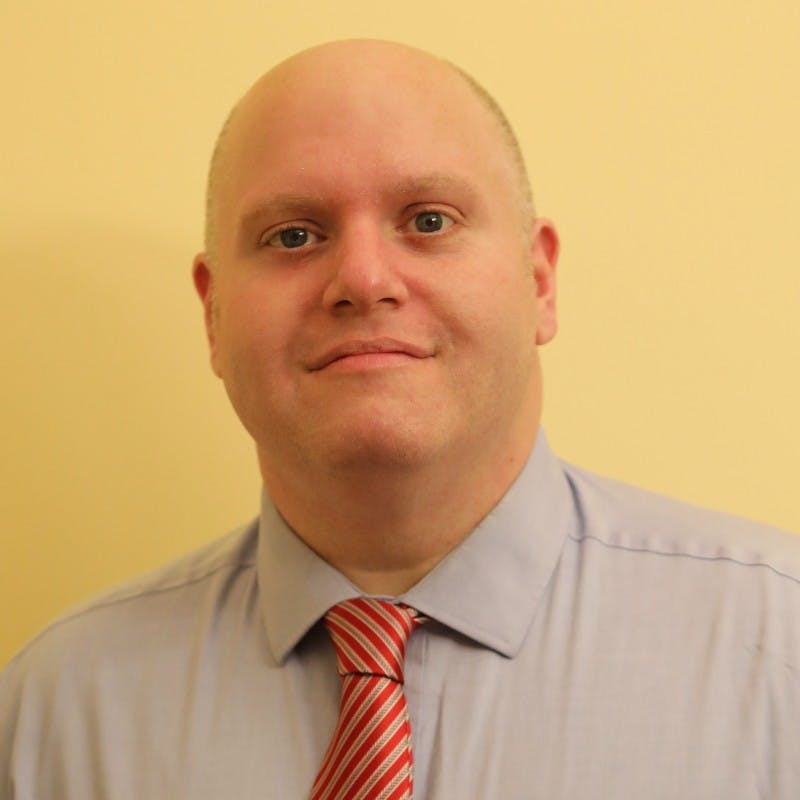Holland St & College Ave Mobility Improvements

This year, the City will be resurfacing the roadways and sidewalks of Holland Street from Davis Square to Teele Square, and of College Avenue, from Davis Square to Power House Circle. This project presents an opportunity to reconsider the surface roadway configuration and pavement markings in line with the City’s transportation goals to promote sustainable, multi-modal transportation and improve traffic safety for all users.
Feedback:
I regularly ride my bicycle on College between Davis and Hall with my daughter in a child seat. In order to be safe from car doors and to keep cars from passing dangerously closely, I have to ride towards the middle of the single vehicle lane. City busses in particular can end up stuck behind me peddling uphill.
The city should remove parking and add bicycle and bus lanes to increase safe green transit options and speed up travel for busses.
I really love how much outdoor dining space we have now, and I really hope we can continue to have that flexibility in spring/summer to convert parking into tables. I think a design where tables primarily occupy parking space probably makes the most sense, as then it can be rapidly repurposed without re-striping the road. But it would take serious commitment from the city to not just give it back to parking.
A fully protected bike lane is within reach here, even with the bumpouts, I think it can be implemented inside the parking lane from the sidewalk. If that is implemented, I think bollards will be needed on the pedestrian side as well as the vehicle passenger side. One single occupancy vehicle lane is enough here. All extra room can be used for pick-up/drop-off zones, bus lanes, bike lanes.
Please make a bold change for the future of Davis, not just an iteration.
The bike and bus lane should be permanent and 24/7. As a user of these roads as either a pedestrian, transit rider, or most frequently bike commuter, the biggest deterent of using these routes is the fact that the parked cars: reduce visibility at intersextjons, force mingling of cars and bikes/encourage cars to pass dangerously close, force slower riders into the door zone, and too often having cars pull out or into spaces unsafely. The traffic and safety on these roads would be more predictable with proper bike and bus lanes. A return to on street private car storage would be irresponsible considering the future of transit should and will move away from the car.
I’m hugely disappointed that once again Somerville is ignoring the majority will of the people to improve bike safety in favor of parked cars. Why does the city survey the people only to ignore what they want? Please stop worrying out removing parking. Please make bus/bike lanes permanent and available 24/7. Please do not build pedestrian bump outs that will prohibit installation of bike lanes in the future. We need to be forward thinking and favoring mobility that is not car centric. Please reconsider the plans for partial and part time bus lanes.
I'm disappointed that the design doesn't provide a critical connection for safe cycling from Teele to Davis square. Currently, there is no safe way to get between Davis and Teele and the city's plan does not address this. I don't believe these routes have low enough traffic volume for cyclists to safely mix with motor vehicles as proposed in the city's current plan. There was significant public feedback for two-way bike infrastructure on either of these corridors that aren't addressed by this plan. I'm glad the city is pursuing bus lanes on this corridor but this should not exclude an essential safe bike connection. We can accommodate both bus and cycling infrastructure if we make meaningful cuts to on-street parking. Although our city goals in Somervision 2040 explicitly states that we deprioritize and decrease on-street parking, this plan continues to maintain a huge amount of on-street parking. If the city is serious about meeting its mode-share goals of 50 percent of trips by bus, walking, or transit we cannot continue to devote large amounts of space on major arterial roads to car storage.
This design needlessly pits pedestrians and cyclists against each other by proposing curb extensions that will make bike lanes an impossibility in the future, instead of thinking creatively about ways to make it work for both sets of road users, like bike lanes with curbs on either side at crosswalks. If it's too expensive to make a curb island or change the grade of the sidewalk as it crosses a bike lane, then the city should put in physical barriers at crosswalks to provide extra safety measures for pedestrians ,without making safe future bike infrastructure impossible for decades to come.
Car parking takes way too much space that could be used for much more valuable purposes.
In addition the best way to increase traffic is to provide free parking at the destination. So by preserving parking you are indirectly increasing traffic, pollution and decreasing air quality for everyone.
Arterial roads should provide transit for people - they connect important spaces. Storing cars in these areas not only creates congestion for the one travel lane in each direction (as drivers cruise for parking, and the buses, bikes, and cars compete for space), but it also sends the message that Somerville would prefer that I drive to Davis and park there instead of riding my bike or taking a bus. After all, for at least 21 hours of the day, in this plan, I would be stuck in the same traffic as the bus if I drove, so what's the benefit of taking the bus? Both these streets can provide more transit if the parking lane is a travel lane. The drivers still have many parking options in Davis. Infrastructure is dynamic, and a plan that protects parking over transit - especially over sustainable transit - will keep the roads Somerville less safe and more congested, all while keeping our community reliant on and immersed in high carbon emissions. At the same time, because car owners tend to be wealthier than non-car owners, prioritizing their convenience over that of bus riders or bikers is further entrenching an inequitable transit system. Somerville worked so hard to state the city's values in Somervision2040, but they are not reflected in this plan. I would like to see the city do better.
Hello, this new redesign seems to be anchored in the past. As too often the priority is to maintain car parking, which has been proven to be an incredibly inefficient use of public space. The economic argument to support parking is not supported by multiple studies on the matter. A modern city like somerville deserves a more ambitious plan, especially given the clear appetite of its population for more bike friendly transportation. Why does the opinion of inhabitants get repeatedly ignore? Where is the ambition regarding climate change that Somerville supposedly have?
I'm overall pleased with the proposals for Holland St and College Ave, although I would have liked them to be more ambitious, with 24-hour bus and bike lanes rather than peak-only. Especially during and likely post-COVID, peak hour is not so relevant anymore, whereas separation of modes and speed management matters more. I would really prefer full reallocation of on-street parking to bus and protected bike lanes. Short of that, without protected bike lanes, I think it is critical to reduce motor vehicle speeds in the direction with no bike facilities (i.e., away from the squares). Self-enforce a max speed of 20 mph using traffic calming devices such as speed cushions or speed humps, to minimize the speed differential between drivers and bicyclists. These can be incorporated every couple of blocks, similar to Powderhouse Blvd, without drainage impacts. With speed cushions, fire trucks and buses could be able to straddle the cushions and proceed without slowing, avoiding discomfort to passengers (or damage to fire apparatus).
A few site-specific comments: (1) Please complete the missing crosswalk at the College Ave and Morrison Ave intersection so that one can cross College Ave on the west side of Morrison, to access the library. (2) Widen the narrow sidewalk in front of Middlesex Bank between Highland Ave and the MBTA Busway, making permanent the painted bumpout currently there. (3) Tighten the right-turn radius from College Ave onto Holland St. (4) Narrow Holland Street at the Cameron Ave intersection and shorten the crosswalks.
Thanks for all your work on this exciting project. I am hopeful it can be further improved in the above ways to transform these corridors into family-bikeable and walkable places that are also vibrant business clusters and fast transitways.







